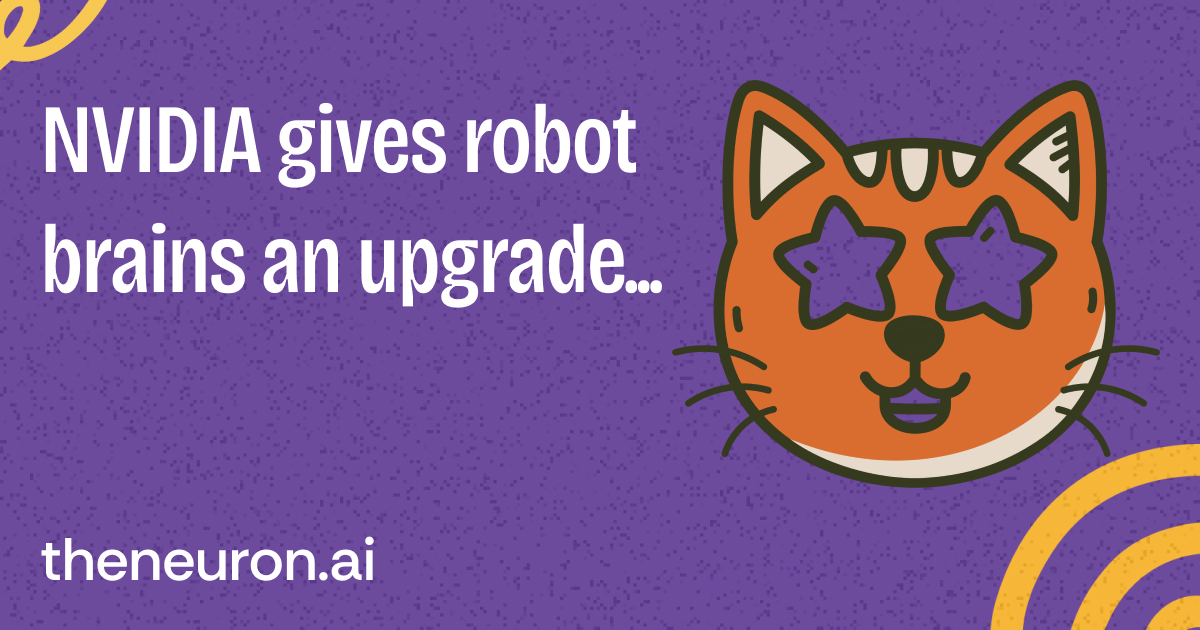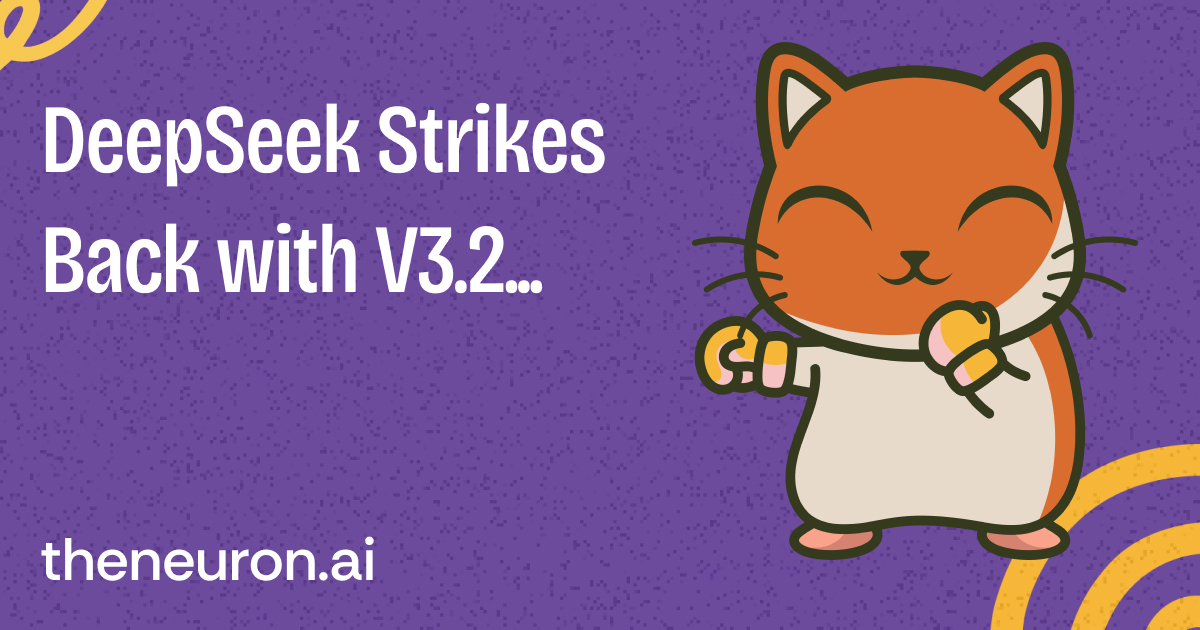Welcome, humans.
Over the weekend, the internet lost its collective mind over a Colombian baby supposedly named “Chat Yipiti”—inspired by, you guessed it, ChatGPT.

The story went viral faster than a TikTok dance trend. Parents everywhere were either applauding the, ahem, “creativity” or genuinely worried about this kid's future playground experience. I mean, imagine trying to explain that name to a substitute teacher!
Plot twist: Colombia's National Civil Registry confirmed there's no baby registered with that name. It's completely fake. But honestly? The fact that thousands of people immediately believed it says everything about how AI has infiltrated our lives.
We're living in a world where naming your kid after a chatbot feels plausible. And that's either hilarious or terrifying… or better yet, it’s both!
Here’s what happened in AI today:
- NVIDIA launched Jetson Thor with 7.5x more robotics processing power.
- Microsoft released VibeVoice, an open AI model for long context speech.
- A16z and OpenAI launched $100M+ pro-AI political fund.
- 44 state AGs warned AI companies to protect children from AI romance—or else.

NVIDIA Just Made Every Robot 7x Smarter (And Way More Expensive)
NVIDIA dropped their new Jetson Thor robotics computer this week, and it's basically giving robots a massive brain upgrade. We're talking about 7.5x more AI processing power than the previous generation, which means robots can finally think and react in real-time (instead of stuttering through tasks like they're buffering a YouTube video from 2009).
Here's what makes Jetson Thor a big deal:
- It delivers 2,070 teraflops of computing power (that's a lot of math, very fast) while fitting inside a robot's body.
- More importantly, it can process data from multiple sensors simultaneously—cameras, radar, touch sensors—and make split-second decisions without needing to phone home to the cloud.
- You would use this “brain” with a reasoning model like Cosmos-Reason1, which you can download (GitHub, HuggingFace) or try here.

You can read more about Thor with the technical blog here.
Who's already jumping on this?
- Agility Robotics is putting Thor into their warehouse robot Digit's next generation, making it better at stacking boxes and not accidentally creating modern art installations.
- Boston Dynamics is integrating it into Atlas (yes, the backflipping humanoid), giving it "formerly server-level compute" in a mobile package.
- Research labs at Stanford, Carnegie Mellon, and University of Zurich are using it for everything from medical triage robots to search-and-rescue missions.
This isn't some niche tech experiment either. Over 2 million developers are already building on NVIDIA's robotics platform. That's roughly the population of Houston all working to make robots less... robotic.
The catch? This brain boost doesn't come cheap. The developer kit starts at $3,499, and production modules cost $2,999 each if you're buying 1,000+ units. That's more than most people's laptops, but apparently that's what it costs to make a robot smart enough to not, y’know, walk into walls.
The real question: what will this brain boost mean for Jake the Rizz Bot and his ability to gas you up (or ice you out).
Why this matters: We're hitting the point where robots can actually handle complex, unpredictable real-world situations instead of just following pre-programmed routines. Think surgical assistants that can adapt mid-operation, delivery robots that navigate chaotic city streets, or warehouse bots that don't need humans to tell them how to handle every single box shape.
Take for example Figure AI, who just demo’d its humanoid robots’ ability to navigate junk heaps and fold towels (the classic 3 D’s of robot’s doing “dirty, dangerous, and dull” tasks). You better believe Figure uses Jetson!
Still, even with all this hardware muscle, robots are missing some crucial ingredients for true intelligence:
Matt Berman had a FANTASTIC guest line up on his latest Forward Future live show, featuring three AI creators working on exactly those missing pieces:
- Greg Kamradt, who explained how to test for “true AGI” using their ARC-AGI-3 benchmark with a focus on action efficiency, or the amount of steps needed to accomplish a task.
- Charles Packer from Letta, who shared what he and his team are doing to create open source “memories” that AI can carry between systems.
- Allan from Skywork AI, who demonstrated Matrix Game 2.0, where AI creates consistent game worlds on the fly via a generative “world model.”
Why are these important? Because robots needs all three of these elements to handle situations they've never seen before, remember their human employer’s preferences (even when switches bodies or companies), and they need to understand physical spaces and predict what happens when they move stuff around without breaking a bunch of stuff in the process.
So, robots with Thor's processing power + continuous, action-efficient reasoning + persistent memory + world modeling = machines that actually understand their environment. We’re seeing glimpses of that in the robot demos coming out these days… so smarter on device computing is an important next step to getting there.

FROM OUR PARTNERS
Your keyboard called—it’s taking a long weekend ⌨️✈️
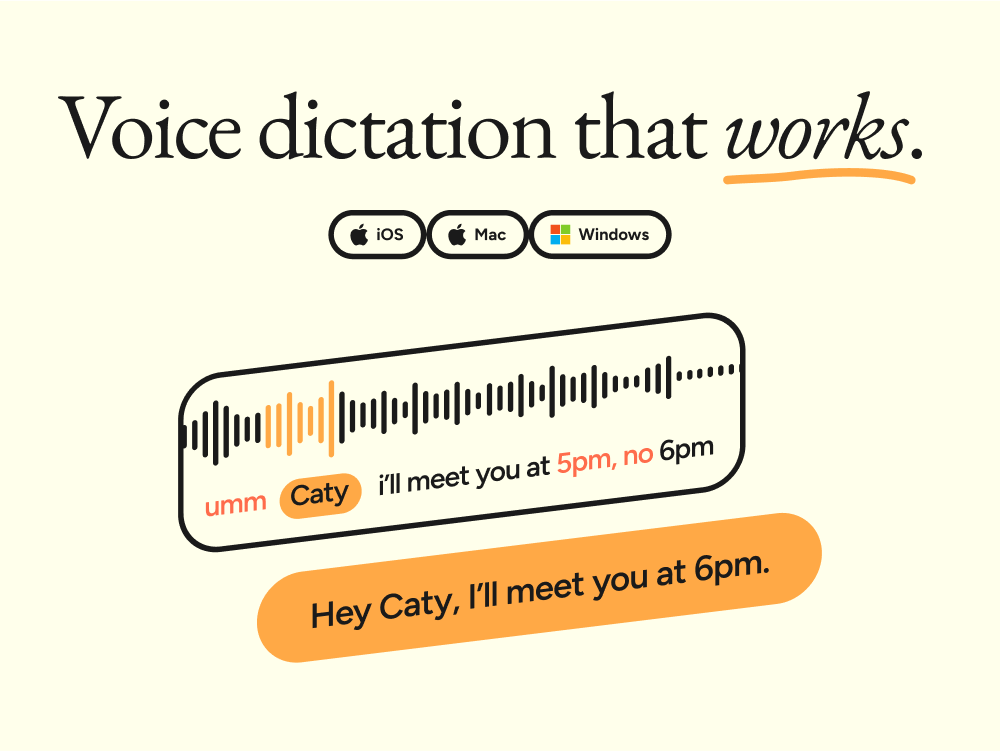
We’ve been banging away on keyboards for 150 years. Until now, voice dictation hasn’t been reliable enough to change that.
Wispr Flow finally delivers the no-edit confidence we’ve all been waiting for:
- 4× quicker than typing. Dictate emails, docs, and DMs in real time and save precious hours every week.
- AI auto-edits on the fly. Flow cleans filler words, fixes grammar, and formats perfectly as you speak.
- Works inside every app with no setup. Fly through Slack notifications, give more context to ChatGPT, or brain dump into Notion.
- Use it at your desk or on the go. Available on Mac, Windows, and iPhone.
“This is the best AI product I’ve used since ChatGPT.”
— Rahul Vohra, CEO, Superhuman
Give your hands a break ➜ start flowing for free today.

Prompt Tip of the Day.
Try this simple 4-part scaffold to get sharper, more useful answers (especially from reasoning-heavy models like GPT-5):
Why it works: modern models perform best when you force structure (answer → why → options → next step) so you get less waffle and more decisions you can use immediately.
Check out all of our prompt tips of the day from August here!

Treats to Try.
*Asterisk = from our partners. Advertise in The Neuron here.
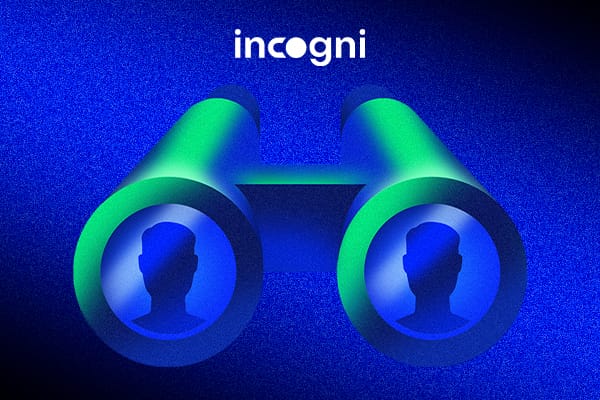
- *Your personal data floating around the internet? Just Google yourself. Surprised? Get Incogni and lower your involuntary online presence. Now 55% off with code NEURON.
- VibeVoice from Microsoft is an open source text-to-speech model that generates up to 90 minutes of realistic speech with multiple speakers, letting you create podcasts, audiobooks, or presentations—demo.
- Trace maps your business workflows and automatically routes repetitive tasks to the right AI agent or human, keeping you in control with approvals.
- Genspark AI Designer turns one prompt into a complete brand system—logo, packaging, website, and all.
- Onlook lets you drag-and-drop to design websites while it writes the actual code for you.
- NotebookLM, Google’s AI study tool, just rolled out Video Overviews in 80+ languages.

Around the Horn.
- 44 US Attorneys General signed an open letter (here) that warned major AI companies they'll use their full authority to protect children from AI chatbots, specifically citing Meta's policies allowing AI assistants to “flirt and engage in romantic roleplay with children” as young as eight.
- VC firm A16z and OpenAI's Greg Brockman launched a $100M+ pro-AI super PAC to fight strict AI regulations in midterm elections.
- xAI officially filed a lawsuit (here) accusing Apple and OpenAI of collusion and alleging their exclusive ChatGPT-iOS integration creates an illegal monopoly that harms competitors like xAI's Grok chatbot.

FROM OUR PARTNERS
Turn hard work into smart AI automations with self-hosted n8n

n8n is a free-to-use workflow automation tool, available with all Hostinger VPS hosting plans. It allows you to connect all your apps and data in one customizable platform, so you can design unlimited workflows that automate repetitive tasks.

A Cat’s Commentary.
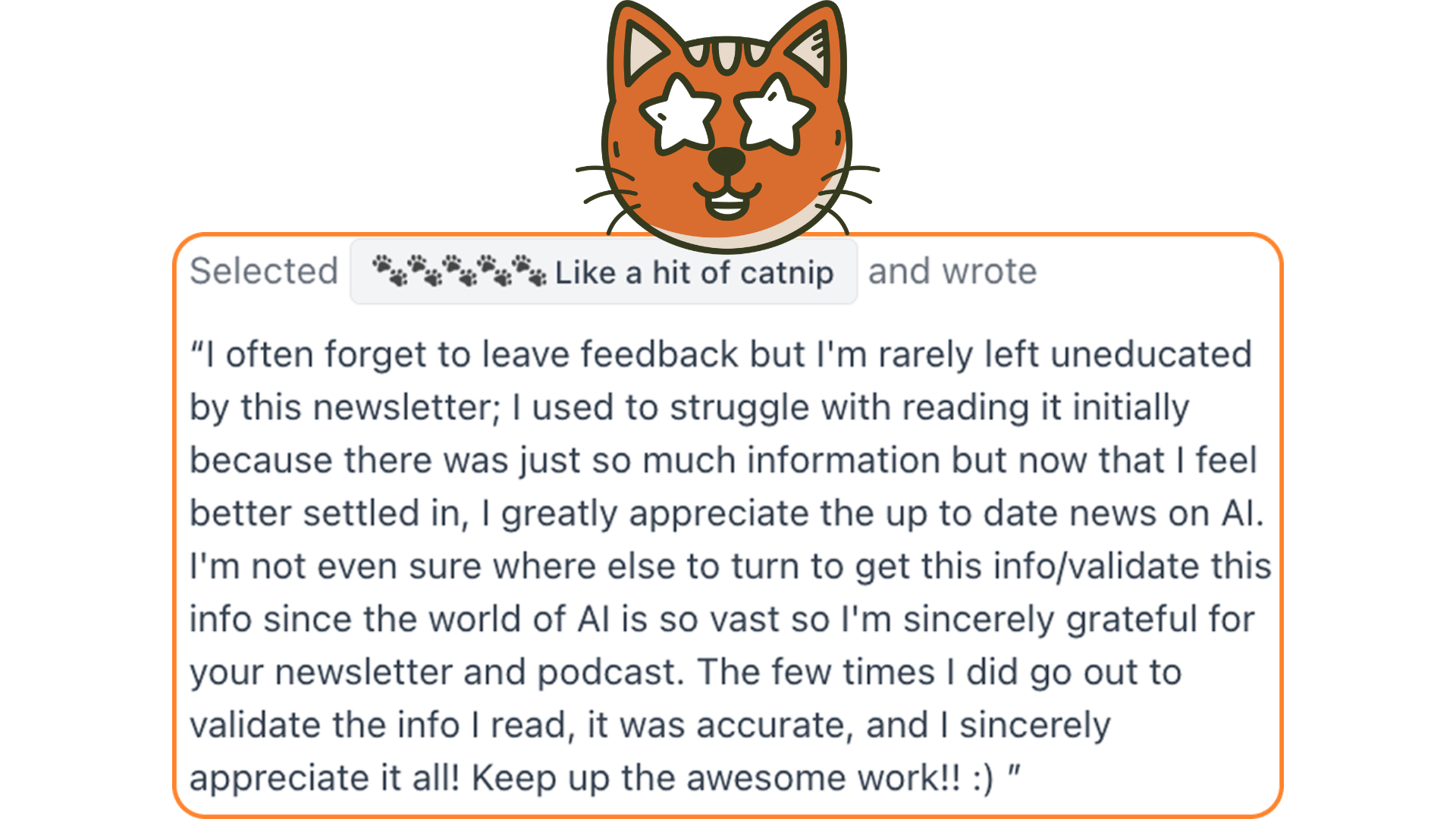


.jpg)

.jpg)


